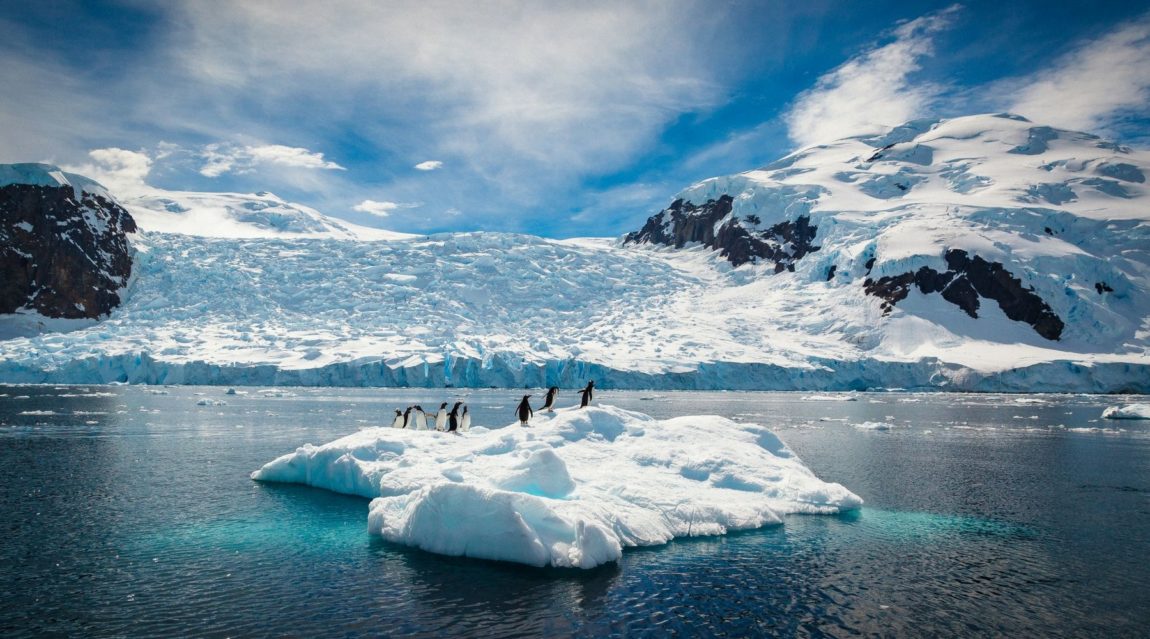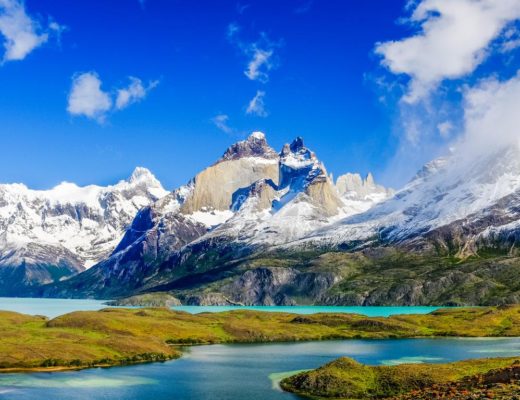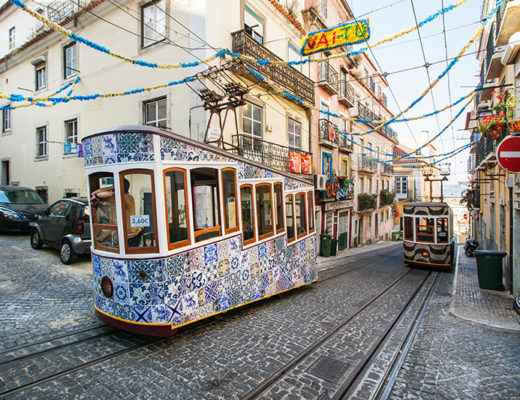There are plenty of top world travel lists based on where everyone is going, usually in greatest numbers. Instead of simply going with the crowd, however, why not plan your travel this year in order of ecological/historical importance? It’s an easy way to categorize, but not easy to prioritize. Additionally — in an unfortunate twist — overuse of our favorite destinations can be a cause of degradation.
We’ll look here at places in peril that can still be enjoyed now — while actually helping the cause through proper booking and travel practices. Traveling with good intent, we can be purposeful in our choices, believing these precious touchstones of our planet may be prolonged and preserved.
The Great Wall of China

The-great-wall-of-china-at-sunset
With our quickly shifting world political scene, who can predict the best time to visit this world wonder in geopolitical terms? Whatever the case, the next available window of opportunity might be wise, since the mighty Great Wall of China appears to be disappearing. In fact, while the Wall’s tourism value can’t be lost on the industry in China, overtourism, farming practices and non-sanctioned re-use of its stones and bricks for new buildings all are diminishing the once-great structure.
Large sections of the imposing battlement, of course, are still in tact and ready for visitors. Simply by eschewing mega tour groups, you can make a statement and do the Wall a favor. Intrepid Travel offers numerous, small-group itineraries that include the Great Wall. Or consider a personally-guided day trip to more remote, less-traveled areas of the Wall, complete with hotel pickup and drop-off by a local guide, booked through purveyors such as Viator.com for as low as $80 per person.
Cape Town, South Africa

lions-walking-on-a-path
The plight of Africa’s iconic wildlife is as evident as ever on travel and nature documentaries, showing how enviro-degradation and poaching take a huge toll on these special species and their ecosystem. Embarking on an eco-safari allows adventurers to witness wildlife while helping conserve species. Kensington Tours offers the South Africa Family Safari (nine days, from $6,723), a mini African bucket-list adventure that explores Cape Town, the Cape Winelands and Table Mountain, among other stops.
Most importantly, you’ll be able to track the classic African Big Five (lion, elephant, Black rhinoceros, Cape buffalo, leopard) on safari with no rifles in sight. Sunrise, when animals become active, is a great time for viewing. After nightfall, the nocturnal predators go to work. Both types of forays are offered by Yellow Zebra Safaris, whose charity efforts have long support local wildlife protection and conservation programs.
Venice, Italy
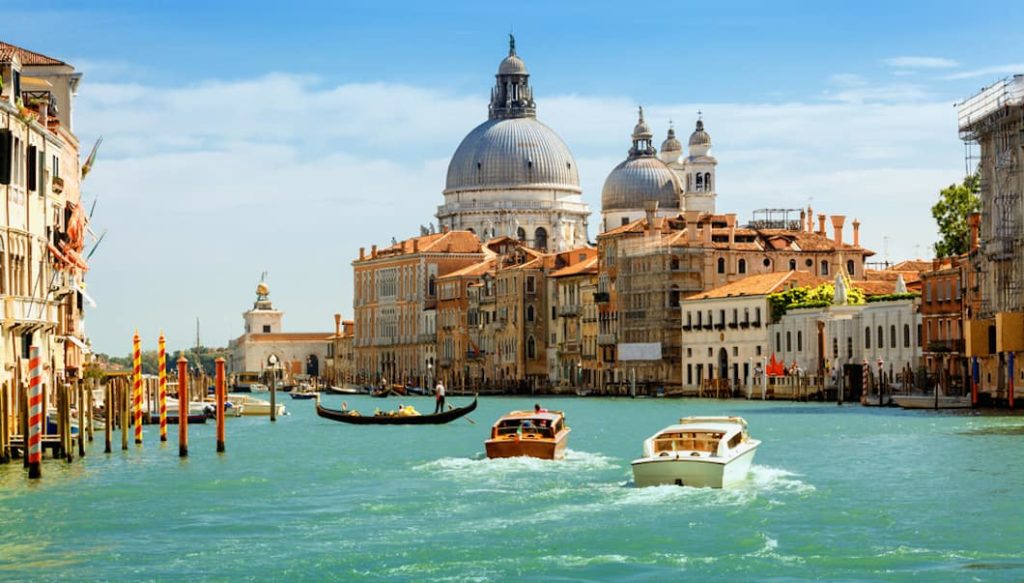
Grand-canal-in-Venice–Italy
It’s telling that the home page of Venice’s official city tourism website is subtitled “Sustainable Venice” and packed with tips on low-impact tourism. Indeed, tourism — along with climate change, industrial fishing practices, and the volume of container and cruise ships — has been hard on the canal city, its historic buildings and bridges.
Without tourism, on the other hand, the economy would be in as much peril as the environment. Striking a balance is key, so choosing a trip with conscience allows you to enjoy the city’s gondolas and cathedrals without guilt. Get away from the crowds and go green with a mynatour.org bike tour of Venice. Using pedal power will not only help out, and also put you in a positive state of mind.
Yosemite National Park, United States
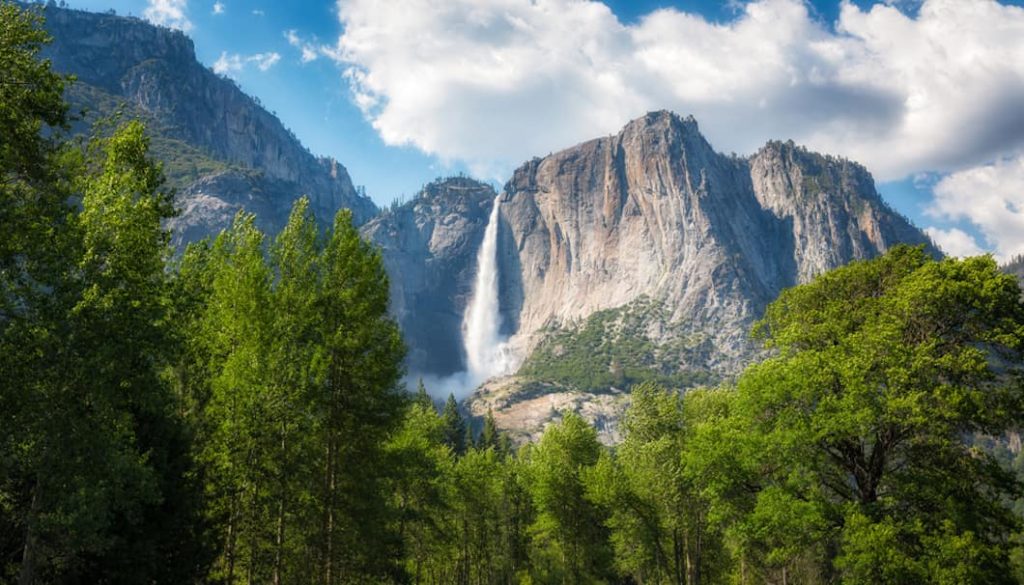
Upper-Falls-in-Yosemite-National-Park
Writer John Muir, the naturalist and champion of this iconic California parkland of towering granite cliffs and skyscraper sequoia trees, surely would be saddened at its current state. Time, overuse and climate have produced crumbling rock faces and thirsty redwoods, among other issues. Still, paying attention to the plight of Yosemite National Park and its surrounding Sierra Nevada Mountains could help going forward. By hiking, camping and exploring here for even a few days, you can see why Muir and famed photographer Ansel Adams adopted Yosemite. Ironically, it is through their writings and photographs that we realize exactly what is at stake.
Eco Adventure Cooperative takes the guesswork and planning out of taming your environmental footprint while enjoying Yosemite, so you can spend more time gawking at El Capitan, Half Dome and 600-foot Bridalveil Fall. Purchasing a definitive black-and-white Yosemite landscape from the Ansel Adams Gallery, of course, puts money back in the park’s conservation coffers.
Machu Picchu, Peru
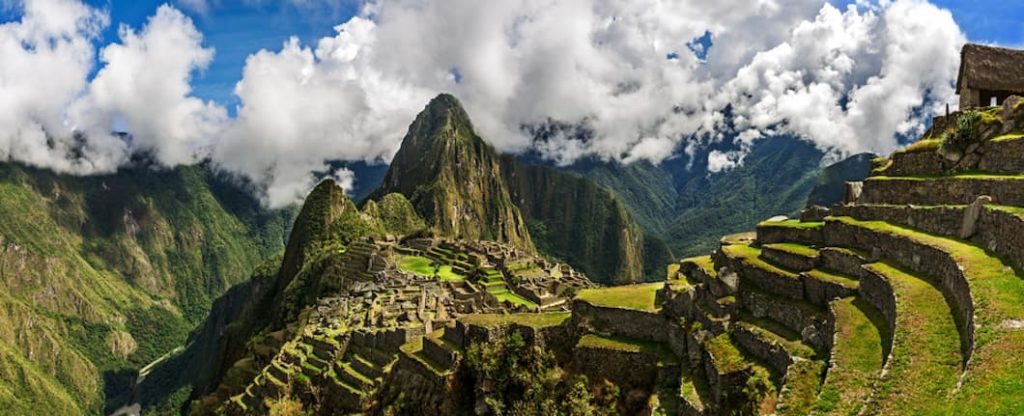
panoramic-view-of-terraces-of-Machu-Picchu
Perched high in the remote Andes Mountains, in Peru’s Cusco Region, the rock-framed cascade of interlocking green terraces, stairways and altars seems to float in thin air when the fog is just right. The magical, mystical vision of this sacred place fits its ethereal vibe, so what’s upsetting the balance at Machu Picchu? Since the former Inca settlement was revealed to American explorer Hiram Bingham in 1911, it has suffered more than a century of pure over-tourism.
Today, conservation and preservation projects are helping immensely, and part of that is controlling the number of visitors. Evolution Treks Peru offers eco-conscious day tours on train and bus trips to the sacred sight starting from around $400. One of the original pack-it-in, pack-it-out proponents, REI offers multiple Machu Picchu packages, ranging from around $3,000 to $9,000 for seven- to fifteen-day treks and multi-sport adventure packages in and around Machu Picchu.
Great Barrier Reef, Australia

Green-sea-turtle-in-the-Great-Barrier-Reef
Australia’s Great Barrier Reef is another obvious and documented victim of warming ocean temperatures, a planetary wonder that may or may not be recoverable. Warmer water is bleaching the coral, which form the connected living structure of the largest organism on Earth. Situated off the coast of Queensland in northeastern Australia, the reef ecosystem comprising hundreds of islands and thousands of reefs is an aquatic wonderland for snorkelers and divers. Getting under the waves to see myriad species of technicolor corals, sea fans and fish up close can be for a good cause.
Swim with turtles, dolphins and sharks, too, on trips from Ocean Safari. The outfitter, which offers a half-day tour to two dive spots for just $149, is Advanced Ecotourism Certified and approved by the Global Sustainable Tourism Council. The theme of planetary stewardship continues with trips from the Quicksilver Group, which guides outer barrier reef and island adventures and is a Climate Action Innovator, actively reducing emissions and tracking its carbon footprint.
Antarctica
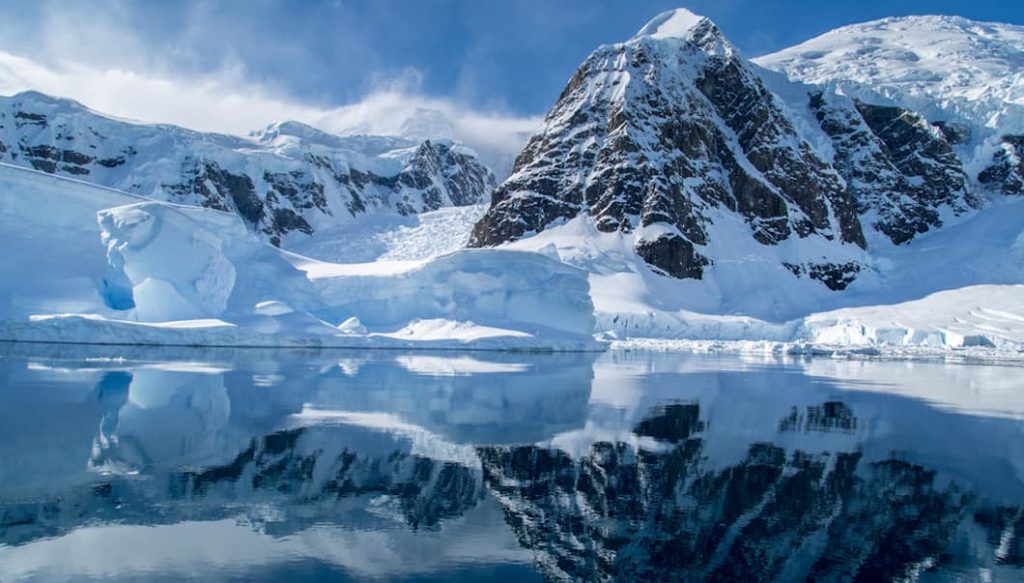
Reflections-in-Antartica

